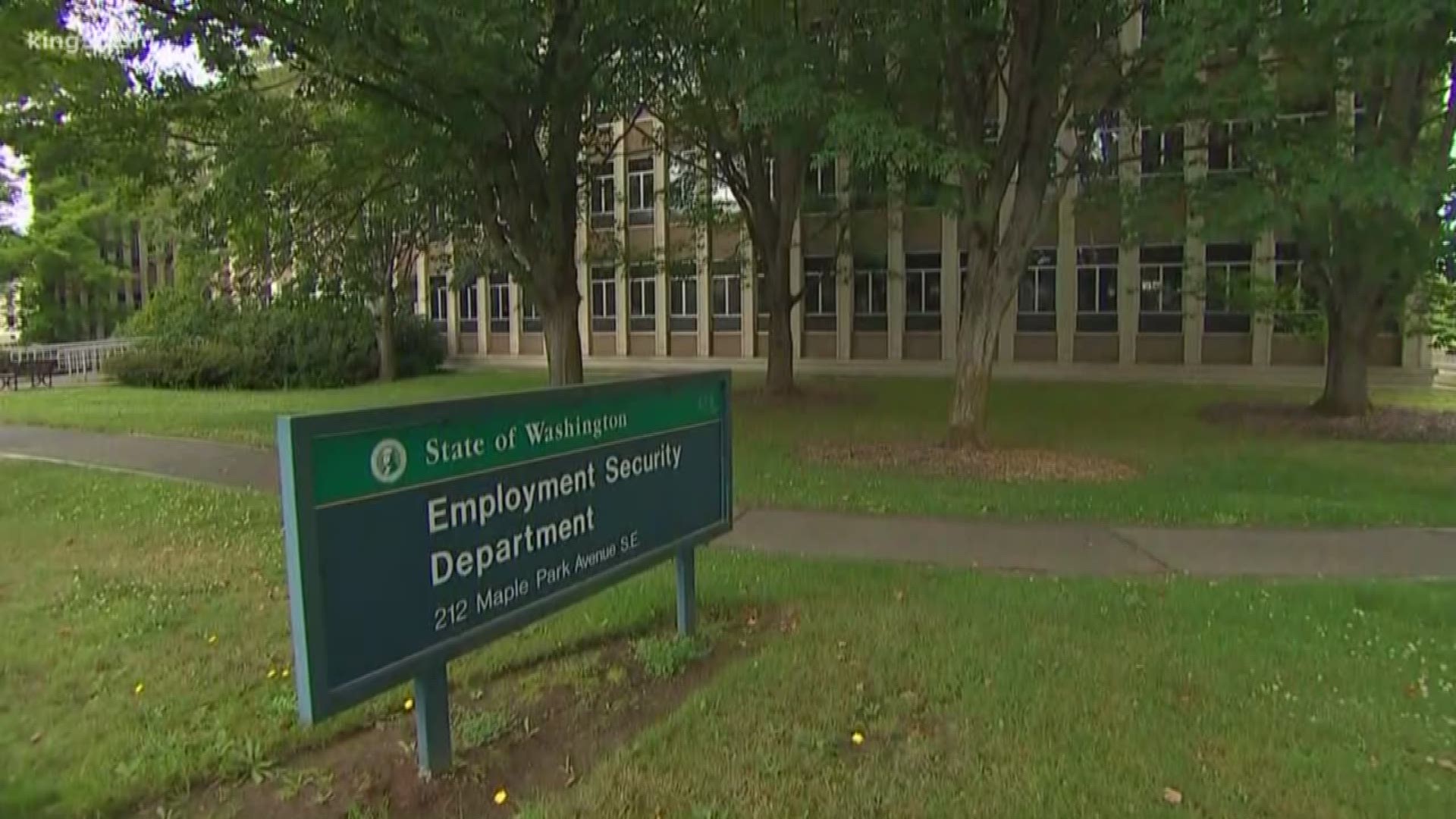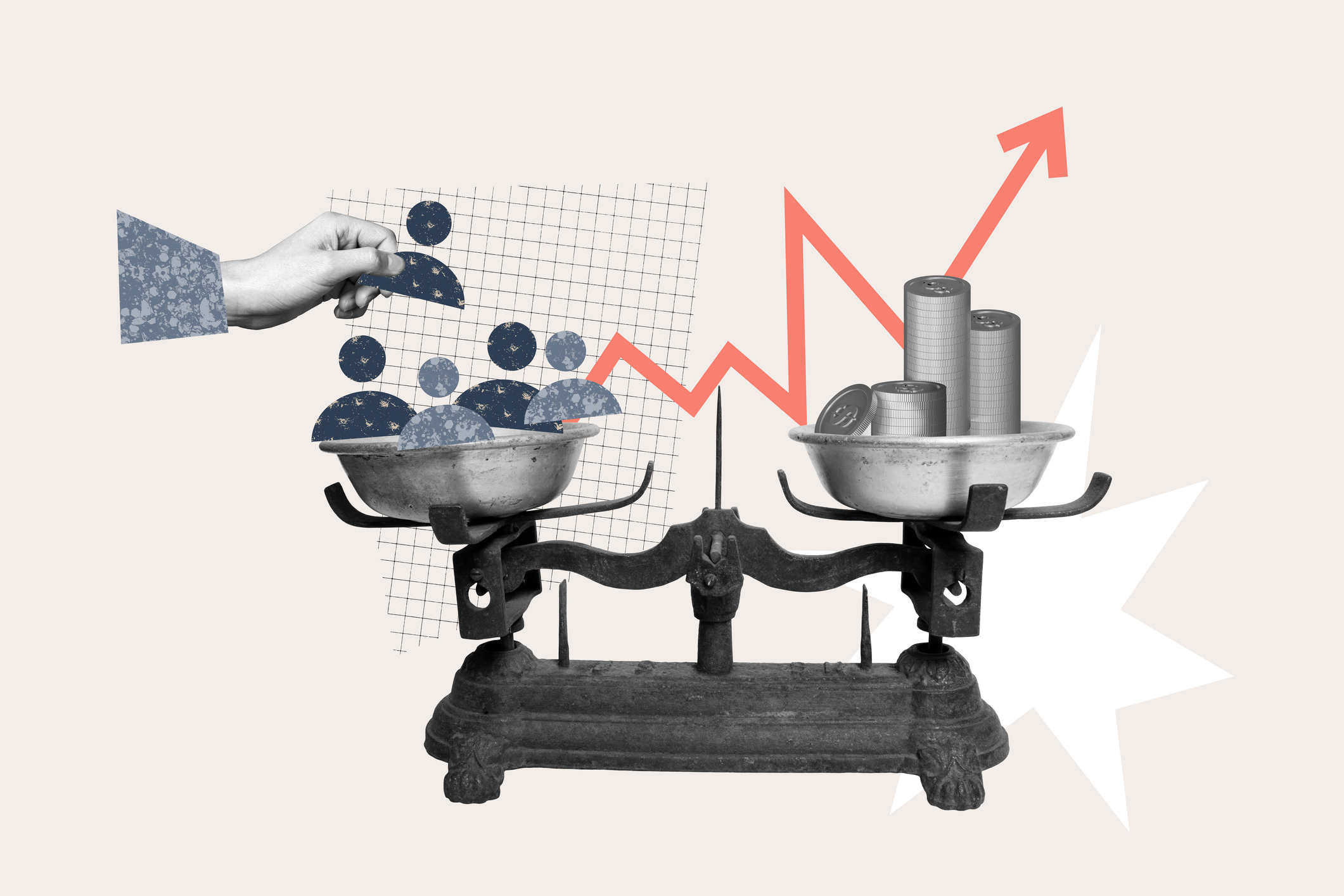Ok, I know, with Election Day less than a week away you may be thinking "who cares what GMAP is?"
Well, I care and I think you should too, even if I am suffering from "prolonged GMAP exposure."
Braving the world of data nerds, The Olympian ran this story about GMAP today.
GMAP stands for Government Management Accountability and Performance. The program came out of a 2005 executive order that replaced a 1997 "Quality Improvement" executive order.
The goals of GMAP were also placed into statute by the Legislature in 2005 meaning regardless of who wins the election some version of the program will continue. RCW 43.17.385 reads:
(1) Each state agency shall, within available funds, develop and implement a quality management, accountability, and performance system to improve the public services it provides.
(2) Each agency shall ensure that managers and staff at all levels, including those who directly deliver services, are engaged in the system and shall provide managers and staff with the training necessary for successful implementation.
(3) Each agency shall, within available funds, ensure that its quality management, accountability, and performance system:
(a) Uses strategic business planning to establish goals, objectives, and activities consistent with the priorities of government, as provided in statute;
(b) Engages stakeholders and customers in establishing service requirements and improving service delivery systems;
(c) Includes clear, relevant, and ! easy-to-understand measures for each activity;
(d) Gathers, monitors, and analyzes activity data;
(e) Uses the data to evaluate the effectiveness of programs to manage process performance, improve efficiency, and reduce costs;
(f) Establishes performance goals and expectations for employees that reflect the organization's objectives; and provides for regular assessments of employee performance;
(g) Uses activity measures to report progress toward agency objectives to the agency director at least quarterly;
(h) Where performance is not meeting intended objectives, holds regular problem-solving sessions to develop and implement a plan for addressing gaps; and
(i) Allocates resources based on strategies to improve performance.
(4) Each agency shall conduct a yearly assessment of its qual! ity management, accountability, and performance system.
(5) State agencies whose chief executives are appointed by the governor shall report to the governor on agency performance at least quarterly. The reports shall be included on the agencies', the governor's, and the office of financial management's web sites.
(6) The governor shall report annually to citizens on the performance of state agency programs. The governor's report shall include:
(a) Progress made toward the priorities of government as a result of agency activities; and
(b) Improvements in agency quality management systems, fiscal efficiency, process efficiency, asset management, personnel management, statutory and regulatory compliance, and management of technology systems.
(7) Each state agency shall integrate efforts made under this section with other management, accountability, a! nd performance systems undertaken under executive order or other authority.
So why should you care?
If properly utilized GMAP has the potential to help move the budget discussion away from spending outputs and instead focusing the debate on purchasing performance outcomes. This means that if we ever get a meaningful spending limit, a tag team effort of GMAP, Performance Audits, and Priorities of Government budgeting (POG) could lay the groundwork for a sustainable performance based budget focused on purchasing outcomes for Washington citizens instead of the state budget being used as a laundry list of spending goodies for special interest.
Unfortunately this potential hasn't been realized yet.




